Embarking on a crochet journey as a beginner is both exciting and rewarding. However, deciphering crochet patterns can initially appear as a daunting task.
Understanding the language of stitches and symbols is essential in bringing your creative visions to life. In this guide, we’ll unravel the intricacies of reading crochet patterns, breaking them down into manageable steps.
From deciphering abbreviations to interpreting stitch diagrams, we’ll equip you with the knowledge to confidently tackle any pattern.
With practice, patience, and a keen eye for detail, you’ll soon find yourself seamlessly creating intricate crochet projects, turning threads of yarn into works of art.
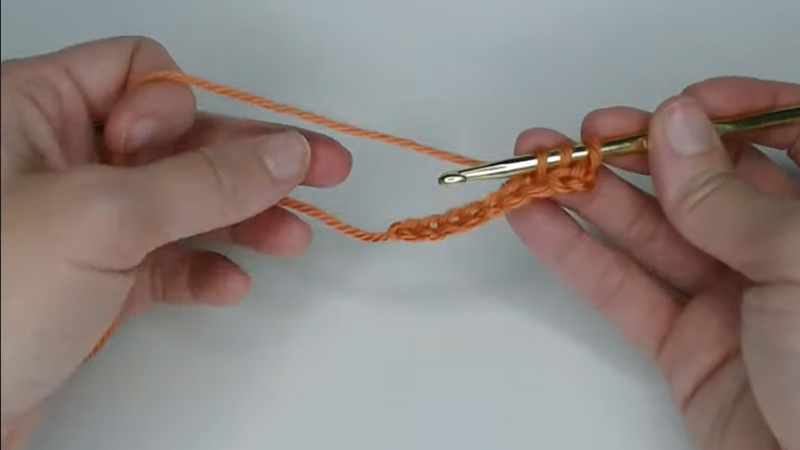
How to Read Crochet Patterns for Beginners?
Crocheting is a wonderful and creative craft that allows you to transform a simple piece of yarn into beautiful and intricate designs.
However, understanding how to read crochet patterns is a crucial skill that will open up a world of possibilities for your crocheting projects.
In this guide, we will break down the basics of reading crochet patterns to help beginners get started on their crochet journey, here it is:
Understanding Abbreviations
One of the first things you’ll notice when reading a crochet pattern is the abundance of abbreviations. These shorthand notations are used to condense instructions and make patterns more concise.
Some common crochet abbreviations include:
- ch: chain
- sc: single crochet
- hdc: half-double crochet
- dc: double crochet
- tr: treble crochet
- inc: increase
- dec: decrease
- sl st: slip stitch
- st(s): stitch(es)
It’s essential to familiarize yourself with these abbreviations, as they will appear frequently in crochet patterns.
Reading the Stitch Diagram
Many crochet patterns include a stitch diagram or chart, which is a visual representation of the pattern. The diagram consists of symbols that correspond to different crochet stitches.
Each symbol is usually explained in a legend accompanying the pattern. Learning to read these diagrams can help you visualize the project and understand the stitch placement.
Gauge Matters
Gauge refers to the number of stitches and rows per inch in your crocheted fabric. Patterns often specify a gauge, and it’s essential to match it to ensure your finished project’s size and fit are accurate.
To check your gauge, create a small swatch using the recommended yarn and hook size. Adjust your hook size if necessary to achieve the correct gauge.
Pay Attention to Instructions
Crochet patterns are typically divided into sections, such as “Materials,” “Instructions,” and “Finishing.” Carefully read through each section before starting your project.
The “Instructions” section contains step-by-step directions for creating the project, while the “Materials” section lists the yarn, hook size, and any additional supplies you’ll need.
Counting Stitches
Accurate stitch counting is crucial in crochet. Be sure to count your stitches regularly as you work through the pattern. Some patterns may include stitch counts at the end of rows or rounds to help you keep track.
Use Stitch Markers
Stitch markers are handy tools that help you keep track of specific stitches or sections within your work. They are especially useful in patterns that require repetitive sequences or shaping.
Place stitch markers as instructed in the pattern to make your crocheting experience smoother.
Visualize the Finished Project
Take a moment to study the pattern’s picture or the finished project’s image. This will give you a clear idea of what you’re working toward and help you stay motivated.
Practice Patience and Persistence
Crocheting, like any skill, takes practice. Don’t be discouraged if you make mistakes or find a pattern challenging at first. With patience and persistence, your crochet skills will improve over time.
Common Crochet Mistakes and How to Fix Them
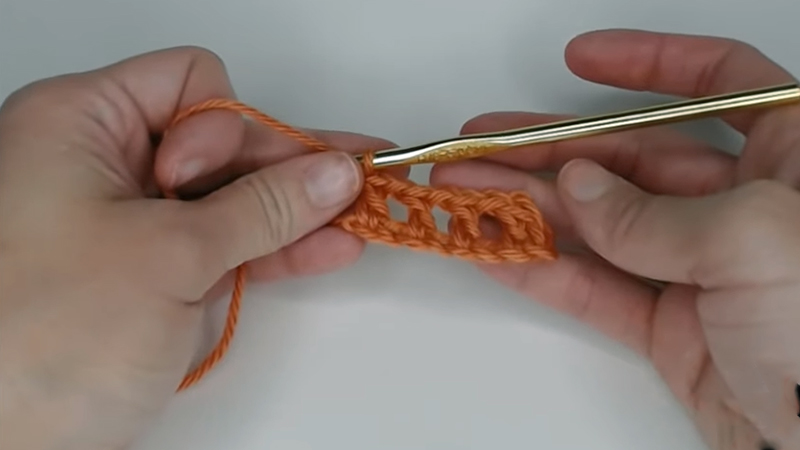
Crocheting is a delightful craft, but even experienced crocheters make mistakes from time to time.
Here are some common crochet errors and tips on how to correct them:
Tension Issues
- Problem: Tension that is too tight can make it difficult to insert your hook, while tension that is too loose can result in uneven stitches.
- Solution: Practice finding a comfortable tension by adjusting how tightly you hold the yarn. Experiment until your stitches are even and consistent.
Miscounted Stitches
- Problem: Accidentally skipping or adding stitches can lead to uneven edges or misshapen projects.
- Solution: Regularly count your stitches, especially at the end of rows or rounds. Stitch markers can also help keep track of specific stitches.
Uneven Rows or Rounds
- Problem: Rows or rounds that are not the same length can distort the shape of your project.
- Solution: Use a stitch marker at the beginning of each row or round and ensure that you’re following the pattern correctly. Pay attention to turning chains and starting stitches.
Twisted Chains
- Problem: Starting with a twisted chain can lead to a project that doesn’t lie flat or looks distorted.
- Solution: Before starting, make sure your chain is straight and not twisted. Take your time to create a neat foundation chain.
Ignoring Gauge
- Problem: Neglecting to match the pattern’s specified gauge can result in a project that is too small or too large.
- Solution: Always create a gauge swatch using the recommended yarn and hook size. Adjust your hook size until you achieve the correct gauge.
Yarn Splitting
- Problem: Yarn splitting can make it challenging to work stitches accurately and may lead to frustration.
- Solution: Choose a yarn with a smooth texture and avoid using dull or worn-out hooks. Take care when inserting your hook into the yarn to prevent splitting.
Inconsistent Tension in Color Changes
- Problem: When switching colors, it’s common to have uneven tension, resulting in gaps or puckering.
- Solution: Practice keeping an even tension when changing colors. Additionally, consider using the “invisible join” method to create seamless color changes.
Not Checking the Pattern
- Problem: Assuming you know the pattern without reading it thoroughly can lead to mistakes.
- Solution: Always read through the pattern before starting. Pay attention to special instructions, stitch counts, and any relevant notes.
Ignoring Care Instructions
- Problem: Failing to follow care instructions can lead to misshapen or damaged finished projects.
- Solution: Take note of recommended washing and blocking instructions. This ensures that your project maintains its shape and appearance.
Not Weaving in Ends Properly
- Problem: Inadequate weaving of yarn ends can lead to unraveling or unsightly bumps in your finished work.
- Solution: Use a yarn needle to weave in ends, ensuring they are secure and inconspicuous. Weave them through several stitches in different directions.
Practice Exercises for Crochet Beginners
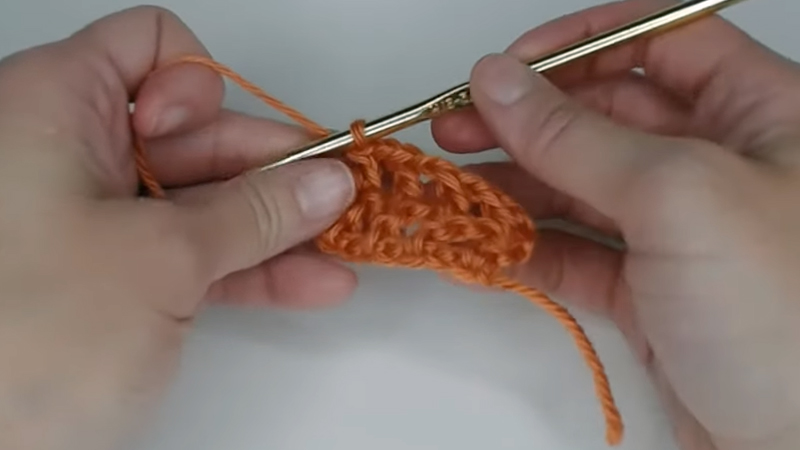
Embarking on a crochet journey as a beginner is an exciting endeavor, but it’s essential to build a strong foundation in the craft. Just like any skill, crochet requires practice to develop proficiency.
Here, we’ve curated a series of crochet practice exercises tailored to beginners:
Making a Slip Knot
- Aim: Learn the fundamental starting point for crochet.
- Instructions: Practice creating a slip knot—a loop of yarn that secures your initial stitch on the hook. Mastering this knot is the first step in every crochet project.
Chaining (Ch)
- Aim: Gain control of tension and create a foundation for your crochet work.
- Instructions: Make a chain of stitches by repeatedly yarning over and pulling through the loop on your hook. Practice until you achieve consistent-sized chains.
Single Crochet (sc)
- Aim: Learn the basic crochet stitch.
- Instructions: Create rows of single crochet stitches by inserting your hook into the chain, yarning over, pulling through, and finishing the stitch. Practice maintaining an even tension.
Half-Double Crochet (hdc)
- Aim: Explore a slightly taller crochet stitch.
- Instructions: Follow the pattern for half-double crochet, which involves an extra yarn over compared to a single crochet. Focus on achieving a consistent height for your stitches.
Double Crochet (dc)
- Aim: Master a versatile and commonly used stitch.
- Instructions: Create rows of double crochet stitches by yarning over, inserting the hook, and completing the stitch. Pay attention to stitch height and spacing.
Increasing and Decreasing
- Aim: Understand how to shape your crochet work.
- Instructions: Practice increasing (adding stitches) and decreasing (removing stitches) to create gentle curves or straight edges. This skill is essential for shaping projects.
Crocheting in the Round
- Aim: Learn to crochet in a circular pattern.
- Instructions: Start with a magic circle and work in continuous rounds. Practice working in a spiral to create small circular motifs or amigurumi.
Changing Colors
- Aim: Experiment with color transitions.
- Instructions: Create swatches or small projects using multiple colors. Learn techniques like the “invisible join” for clean color changes.
Weaving in Ends
- Aim: Finish your projects neatly.
- Instructions: Practice weaving in yarn ends using a yarn needle to secure them. Ensure they are inconspicuous and won’t unravel.
Blocking Your Work
- Aim: Enhance the appearance of your finished projects.
- Instructions: After completing a small project, practice blocking it by wetting it, shaping it, and allowing it to dry. This process smooths stitches and evens out tension.
Beginner-Friendly Crochet Projects
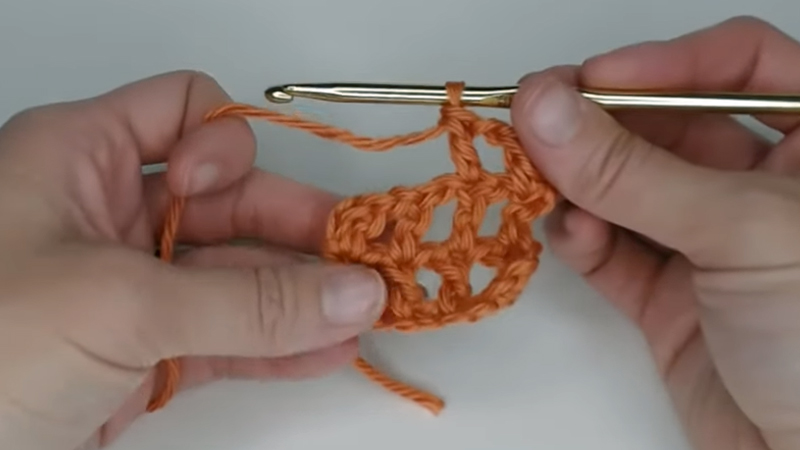
Embarking on your crochet journey as a beginner is an exciting step towards creating beautiful handmade items.
Here are some projects perfect for those just starting out, designed to help you build your skills and confidence in the world of crochet.
Dishcloth/Washcloth
Aim to practice basic stitches and create a useful item. Choose a simple stitch pattern, like a single crochet or half-double crochet, and create a square or rectangular dishcloth. These are quick projects and make for great gifts too!
Granny Square Coasters
Explore color combinations and stitch variety by crocheting small granny squares in various colors.
Join them together to create charming coasters. This project introduces you to the versatile granny square motif.
Scarf with a Simple Stitch
Craft a wearable accessory while refining your stitch technique. Pick a favorite stitch, such as single crochet or double crochet, and create a scarf. Experiment with color changes for added interest.
Baby Blanket
Begin a larger project and perfect your stitch consistency by crafting a baby blanket using a simple stitch pattern. Baby blankets are smaller than adult-sized ones and make for wonderful gifts.
Amigurumi Starter
Venture into the world of crocheted toys by beginning with a basic amigurumi pattern, such as a small animal or a simple doll. Pay attention to achieving a consistent stitch tension for even results.
Headband or Ear Warmer
Combine stitches to create a stylish accessory. Craft a headband using different crochet stitches and maybe even add a decorative element like a bow or a button for extra flair.
Coffee Cozy
Make a practical accessory with a touch of personalization by creating a cozy for your coffee cup using simple stitches. Customize it with colors and maybe even add initials or a small design.
Baby Booties
Practice working with small, intricate pieces by starting with a basic baby bootie pattern. These projects involve shaping and stitching small pieces together—a great introduction to more complex crochet techniques.
Granny Square Pillow Cover
Combine multiple granny squares to create a decorative item. Crochet several granny squares and assemble them to make a pillow cover. This project lets you experiment with color combinations and joining methods.
Practical Tips for Crochet Beginners
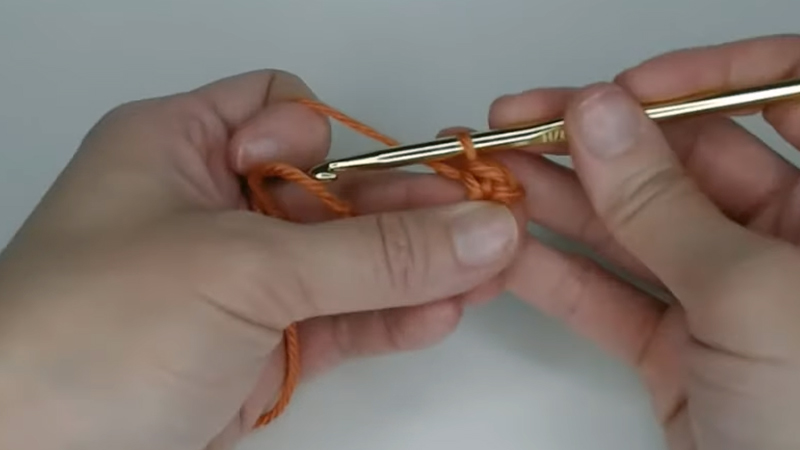
Embarking on your crochet journey is an exciting and rewarding endeavor. To help you get started on the right foot.
Here are some practical tips that will make your crochet experience smoother and more enjoyable.
Start with the Right Supplies
Ensure you have the basic crochet supplies including yarn, crochet hooks, scissors, and a yarn needle. Choose a comfortable hook size and yarn weight that aligns with your chosen project.
Practice Consistent Tension
Maintaining even tension is crucial for achieving uniform stitches. Practice finding a comfortable way to hold your yarn and hook to achieve consistent tension.
Learn and Master Basic Stitches
Begin with the foundational stitches like chain (ch), single crochet (sc), half-double crochet (hdc), and double crochet (dc). These will form the building blocks of your crochet projects.
Understand Pattern Abbreviations
Familiarize yourself with common crochet abbreviations such as ch (chain), sc (single crochet), hdc (half-double crochet), and dc (double crochet). This will make it easier to follow patterns.
Start with Simple Patterns
Choose beginner-friendly patterns that have clear instructions and minimal stitch variations. As you gain confidence, you can gradually tackle more complex projects.
Gauge Matters
Pay attention to the recommended gauge in the pattern. Use the specified hook size and yarn weight to ensure your project matches the intended dimensions.
Count Your Stitches
Regularly count your stitches, especially at the end of rows or rounds. This will help you catch any mistakes early on and ensure your project stays on track.
Use Stitch Markers
Stitch markers are invaluable for keeping track of specific stitches or sections within your work. Use them to mark important points in the pattern.
Take Breaks and Rest Your Hands
Crocheting for extended periods can strain your hands and wrists. Take regular breaks, stretch your fingers, and consider hand exercises to prevent discomfort or injury.
Experiment with Yarn and Colors
Don’t be afraid to try different types of yarn and color combinations. Experimenting with various textures and hues can add a creative touch to your projects.
Don’t Fear Mistakes
Mistakes are a natural part of learning any new skill. If you make a mistake, don’t get discouraged. Take it as an opportunity to learn and grow as a crocheter.
Join a Crochet Community
Engage with other crocheters through online forums, social media groups, or local crochet clubs. Sharing experiences and seeking advice from others can be incredibly helpful and inspiring.
Practice, Practice, Practice
Like any skill, practice is key to becoming proficient in crochet. The more you crochet, the more confident and skilled you will become.
FAQs
What is the Waffle Stitch in Crochet?
The Waffle Stitch is a textured crochet stitch pattern that creates a raised, grid-like pattern resembling the texture of a waffle.
How do I crochet the Waffle Stitch?
To crochet the Waffle Stitch, you typically alternate between front post double crochets (fpdc) and back post double crochets (bpdc) in a specific sequence.
Can beginners learn the Waffle Stitch?
While the Waffle Stitch may seem intricate, it is suitable for beginners who are comfortable with basic crochet stitches like single crochet and double crochet.
What projects can I make using the Waffle Stitch?
The Waffle Stitch is versatile and can be used for a variety of projects. Some popular choices include blankets, scarves, dishcloths, and even textured garments like sweaters or hats.
Are there any specific yarn and hook recommendations for the Waffle Stitch?
The choice of yarn and hook size can vary based on your project’s intended use and your personal preferences.
Wrap Up
Learning to read crochet patterns is a pivotal skill for beginners, unlocking the vast world of crocheting possibilities.
With a grasp of essential abbreviations, the ability to interpret charts, and an understanding of stitch variations, beginners can confidently embark on a creative journey.
Paying attention to gauge, meticulously following instructions, and practicing patience are crucial steps in achieving success. As you progress, these patterns become your roadmap to crafting stunning projects, from intricate blankets to delicate doilies.
Remember, every stitch is a step toward mastery, and with practice, you’ll find joy in bringing intricate crochet patterns to life while unleashing your artistic flair.
Leave a Reply